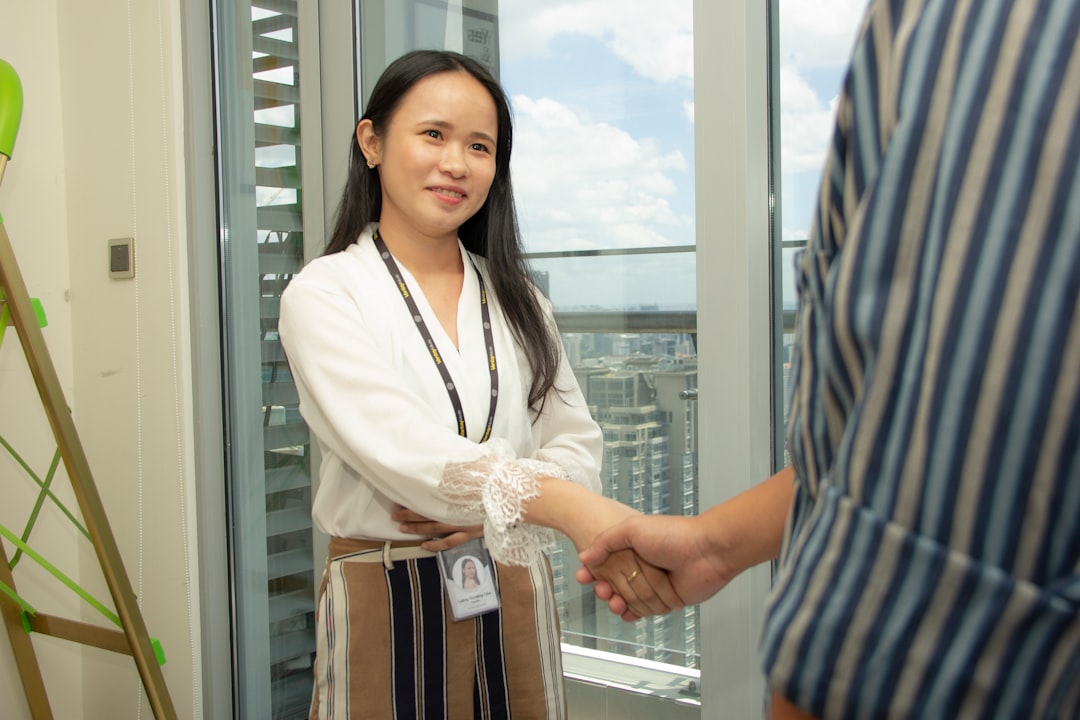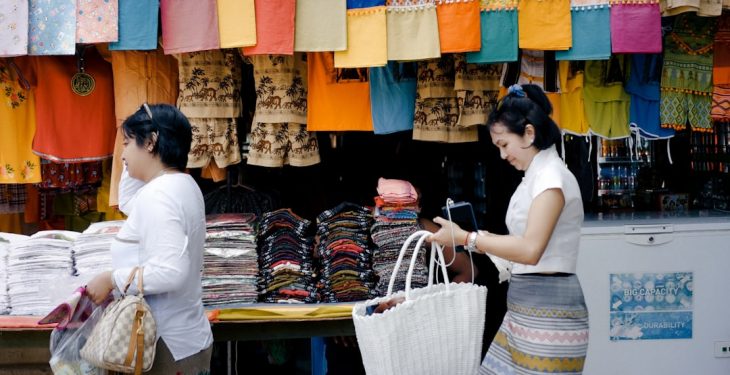The Southeast Asian region has emerged as a dynamic economic powerhouse over the past decade, attracting attention from investors, multinational corporations, and international development institutions. With a young population, increasing digital penetration, and evolving economic frameworks, Southeast Asia presents an enticing growth frontier. However, navigating this diverse market raises challenges related to access, regulatory environments, and economic disparities. One strategy gaining momentum is the deployment of Special Drawing Rights (SDRs) in a targeted and strategic manner to unlock regional growth and stability.
SDRs, an international reserve asset created by the International Monetary Fund (IMF), have traditionally been allocated to bolster global liquidity. While historically underutilized in targeting specific regional growth strategies, recent global financial strains—especially in post-pandemic recovery—have opened new conversations around how SDRs can be redeployed effectively in emerging markets, especially in Southeast Asia.
Understanding the Economic Landscape of Southeast Asia
Southeast Asia, home to ten member states under the ASEAN umbrella, includes diverse economies such as Indonesia, Vietnam, Thailand, and the Philippines. Each country offers unique opportunities shaped by demographic trends, industrial capabilities, and trade relationships. However, access to capital and financial inclusion remain uneven across the region.
Currently, only a fraction of the SDRs allocated have found their way into development initiatives in Southeast Asia. Strategic SDR deployment—facilitated through national reserves, multilateral agreements, or regional development organizations—could dramatically improve liquidity, fund infrastructure, and support green energy transitions.

Strategic SDR Deployment: Pathway to Inclusive Growth
The core of strategic SDR deployment lies in aligning allocations with development goals. Here’s how SDRs can be tactically utilized to support Southeast Asia’s economic transformation:
- Infrastructure Development: Directing SDRs towards physical and digital infrastructure can help bridge the urban-rural divide. New roads, ports, and broadband connectivity could dramatically enhance trade efficiency and productivity.
- Climate Resilience: Southeast Asia is vulnerable to climate volatility. SDR support for renewable energy projects and disaster risk management initiatives empowers nations to meet sustainability goals without compromising fiscal stability.
- SME Financing: Most Southeast Asian businesses are small to medium-sized enterprises. Redirected SDRs can create affordable credit lines and business development services tailored to the local context.
- Health Systems and Education: Investing SDRs in people-centric services ensures a healthy, skilled workforce—vital for long-term economic competitiveness.
To be effective, however, this strategy requires transparency, cross-border cooperation, and mechanisms ensuring accountability. Partnerships with organizations like the Asian Development Bank (ADB) or the ASEAN Development Fund can enable a centralized and coordinated deployment framework.
Challenges and Considerations
There are limitations to SDR deployment that must be considered. Firstly, SDRs are not a currency but a potential claim on the freely usable currencies of IMF members. This means they must be converted and agreed upon. Secondly, the political and structural complexities involved in regional cooperation may delay implementation. Finally, ensuring that SDRs are not misallocated or used to cover non-essential budget deficits is essential for sustained impact.

Despite these challenges, with robust planning and stakeholder alignment, SDR deployment can transform access to critical growth inputs across Southeast Asia. Governments, financial institutions, and private entities must harness this tool not just as a buffer—but as a foundation for equitable development.
Conclusion
The Southeast Asian economic landscape is ripe for strategic intervention. When deployed wisely, SDRs can complement national programs, align with regional cooperation goals, and drive inclusive, long-term economic growth. As the global economic focus shifts eastward, unlocking the potential of SDRs in Southeast Asia could become a model for other emergent regions aiming to achieve optimized development and financial resilience.
Frequently Asked Questions (FAQ)
-
What are Special Drawing Rights (SDRs)?
SDRs are international reserve assets created by the IMF to supplement member countries’ official reserves. They can be exchanged among governments for freely usable currencies in times of need. -
Why focus SDR deployment on Southeast Asia?
Southeast Asia is a rapidly growing region with disparities in capital access and developmental needs. Strategic SDR deployment can help address financing gaps and promote collective regional growth. -
Can SDRs be used for private sector development?
Indirectly, yes. If allocated transparently through national programs or development banks, SDR-backed funding can be channeled into SME support, infrastructure, and innovation hubs that benefit the private sector. -
Are there risks associated with SDR deployment?
Yes. Risks include inefficient use, misallocation, and potential inflationary consequences if funds are not targeted appropriately. Ensuring transparency and accountability is vital.
